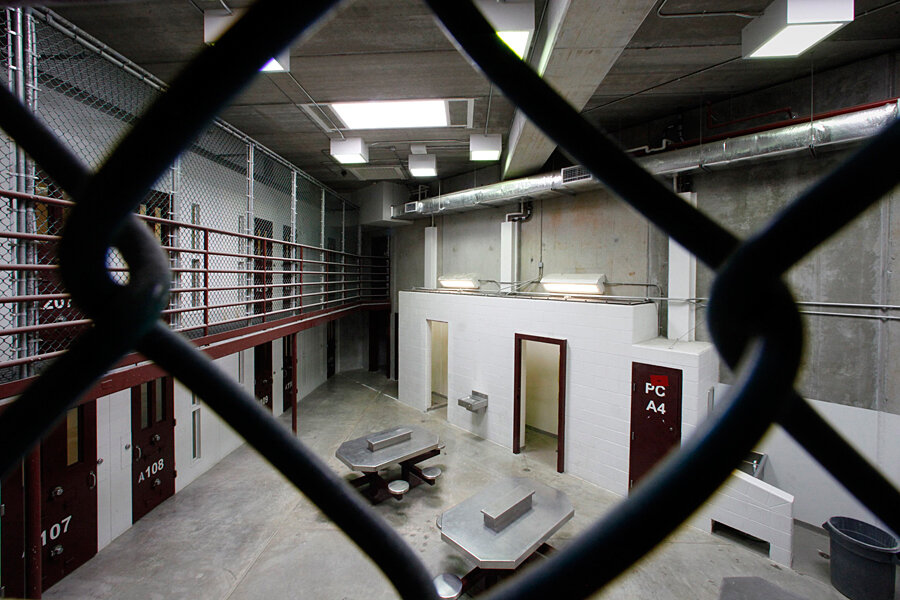The recidivism rate of former Guantánamo prisoners is really low – and falling
Loading...
The US Director of National Intelligence yesterday issued its latest report on the release of alleged militants from the military's Guantánamo Bay prison, and the numbers show that what the US calls the recidivism rate for former prisoners is remarkably low, and has fallen sharply since 2009.
Despite the fear-mongering over how Guantánamo holds some of the most fearsome terrorists on the globe, the vast majority of men released from the detention facility haven't engaged in violence since.
In the early years of Guantánamo, large numbers of people who had never engaged in violence were handed over to the US by Afghan militias on false claims that they were Taliban or were simply in the wrong place at the wrong time. So it makes sense that few of those who were released "reengaged," as the US has it, in either terrorism or combat against US forces in Iraq or Afghanistan. They weren't violent men to begin with.
Before January 2009, 532 men were released from Gitmo, and of those the US says 99 were "confirmed of reengaging" with violence (18.6 percent) and a further 72 (13.5 percent) were suspected of reengaging. While 32.1 percent of those released, at most, engaging in violence may sound bad, that's a fantastic recidivism rate when compared to criminals released from US prisons, where the three-year rate is more than 60 percent.
Perhaps more surprising is how recidivism among detainees has plummeted since January 2009. On the one hand, you'd expect far fewer detainees who never engaged in violence in the mix, so it would be reasonable to assume that the rate would have climbed. Instead, the US has released 82 people from Guantánamo since then, and just five of them have "reengaged" (6.1 percent), while just two more are suspected of reengaging (2.4 percent).
Of the five, Moazzam Beg of Britain, who was recently arrested there on allegations he traveled to a "terrorist" camp in Syria, is probably among them.
Why the decline? The report doesn't address it. My guess is the withdrawal of US troops from Iraq is a big part of it, and the reduction of US troops in Afghanistan. Less combat in these places involving Americans means less opportunity to fight Americans, which always made up the bulk of the recidivism rate. While what Mr. Beg is alleged to have done isn't clear, perhaps he did go to fight with or support jihadis fighting Syrian President Bashar al-Assad.
Fighting what they see as unjust rulers and occupiers of Muslim lands is a major draw for jihadis. Terrorism targeting civilians in the US and Europe has always been less of a draw.
The DNI writes that "we assess that if additional detainees are transferred without conditions from GTMO, some will reengage in terrorist or insurgent activities. Transfer to countries with ongoing conflicts and internal instability as well as active recruitment by insurgent and terrorist organizations pose a particular problem."
Yes, people in countries with insurgencies are more likely to join insurgencies than people in countries at peace. And if I were an Al Qaeda recruiter, I'd give former Gitmo detainees a shot – since they have good reason to be angry at the US.
But while even one person linking up with, say, the Taliban in Afghanistan or the Islamic State of Iraq and the Levant in Syria, isn't exactly positive, these numbers show the relative lack of danger from Guantánamo inmates. Is the danger of a few people heading to Syria, say, greater than the damage to America's reputation of keeping a prison camp open that detains without trial or charges foreigners for years?
For now, there are 155 inmates left at Guantánamo.






